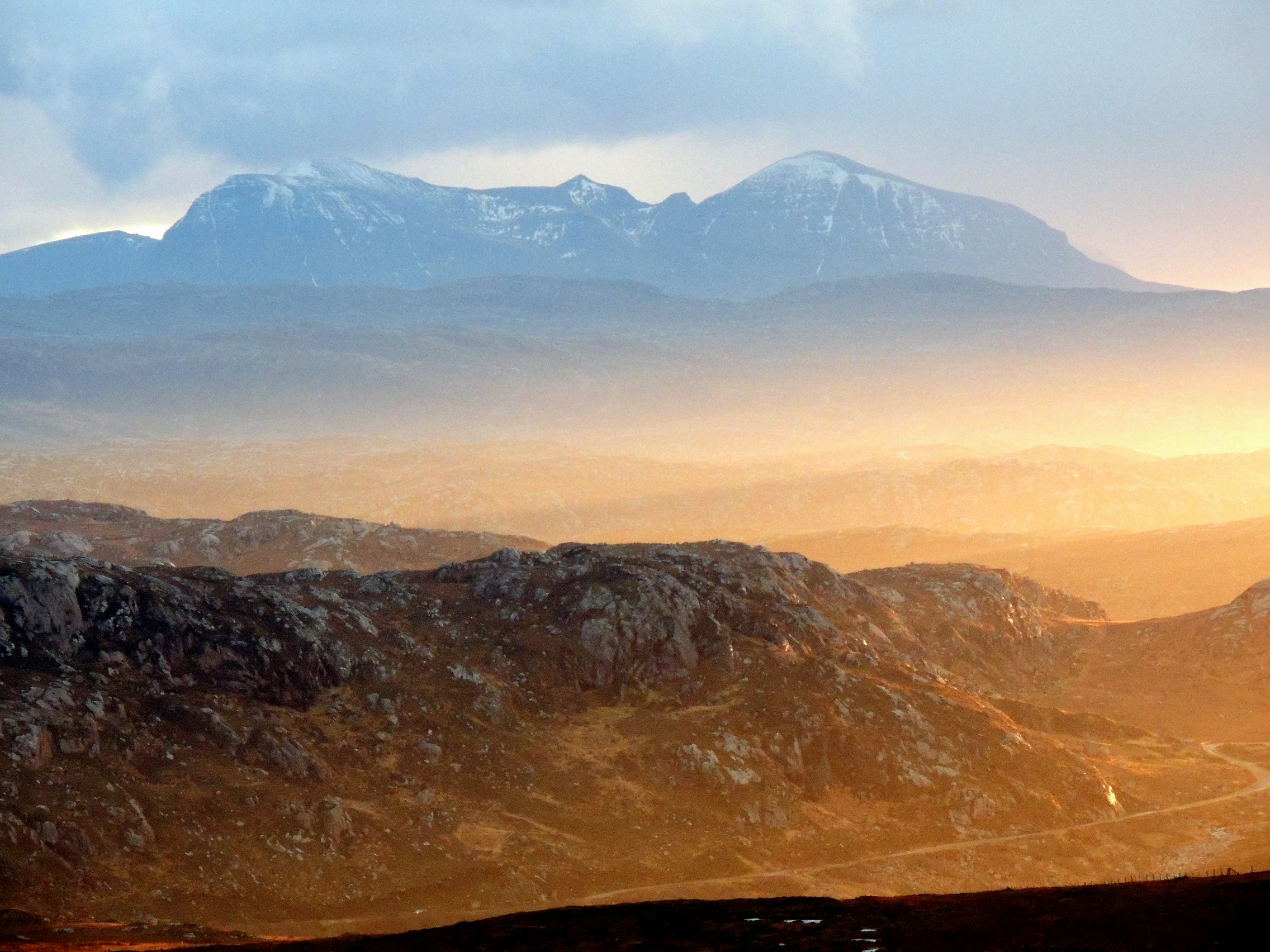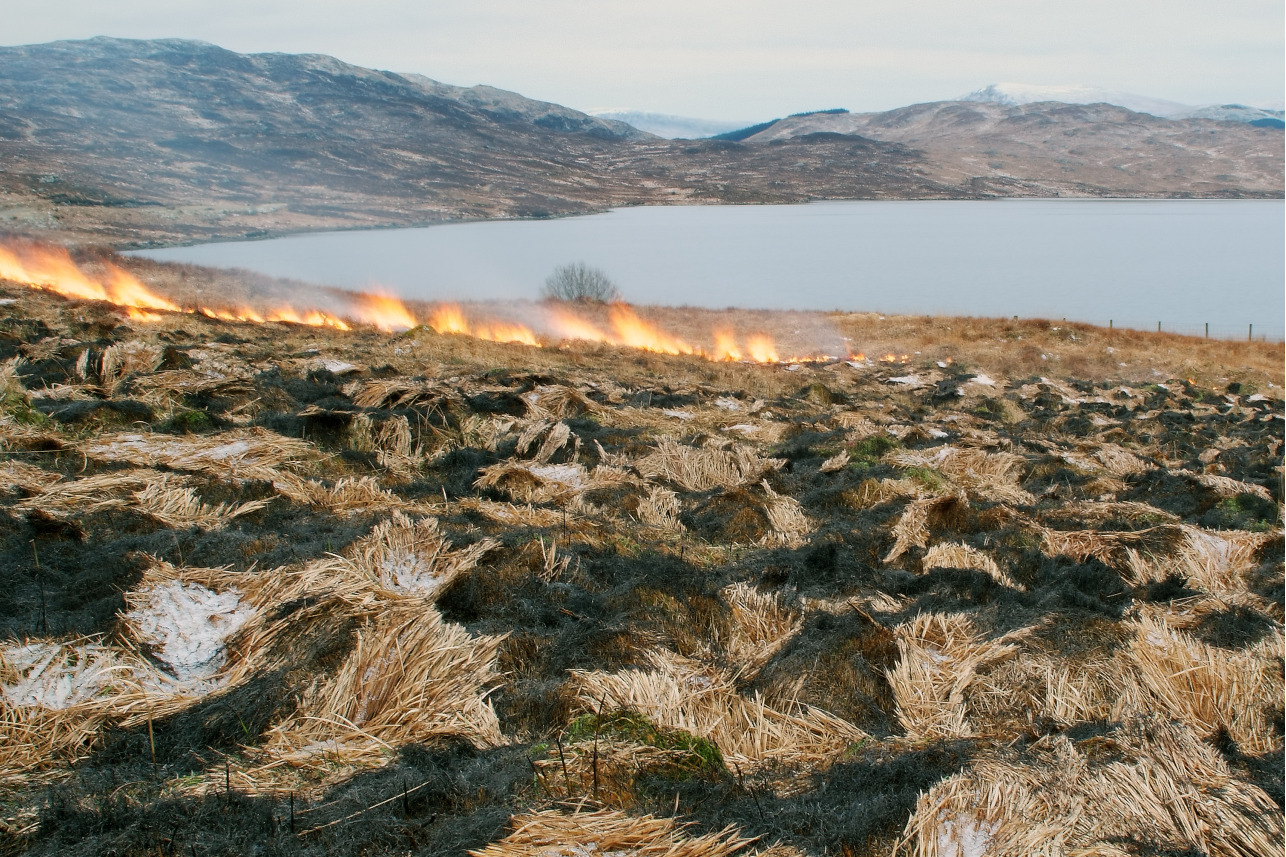Trust committed to the constant care of the wild places it manages
Trust accelerates the transformation of the land in its care to meet climate and nature recovery targets.

In 2021, the Trust announced its intention to accel erate the transformation of the land in its care, to increase carbon removal and improve habitats for wildlife. It also informed Members, neighbouring landowners and the public of its intention to increase tree cover by upping deer culls on the land it cares for.
The commitment to constant care of the land managed by the Trust includes the use of Out of Season and night shooting authorisations from NatureScot (the lead advisory body on nature, wildlife management and landscape management across Scotland), to support deer culls on several properties through to the end of March 2023.
This is in order to meet charitable and land management aims; as unnaturally high deer numbers make it impossible for the Trust to achieve these objectives.
The Trust will continue to share its plans transparently, recognising this creates some tensions with other land managers who have different objectives. The Trust respects the right of landowners to manage their land as they wish, and asks that the courtesy is mutually extended.
While fencing is an option for neighbouring landowners, the Trust believes that fencing treats the symptom rather than the cause of the challenge. Fences are costly, requiring ongoing care that results in managing expensive barriers that don’t solve the long-term problem of high deer numbers, and exclude deer from their natural woodland environment, within which they are an important part of the ecology.
One area of focus for recent deer management discussions is at Quinag in Sutherland, where deer browsing pressure has contributed to the area managed by the Trust as being classed ‘unfavourable/declining’ by NatureScot. The Out of Season authorisations in this location will support the Trust to regenerate this landscape in the public interest. This is not a gratuitous act, it is part of a commitment to care for the land and all its habitats.
This is in the wider context of a push by the Scottish Government to improve biodiversity. A recent draft Biodiversity strategy document brought forward by Scottish Government chimes with the Trust’s own views that land management should focus on the health of whole ecosystems, rather than the management of individual species.
In turn, the Trust has publicly welcomed Scottish Government statements on the need to increase focus on the reduction of deer numbers by using deer management as a nature restoration method.
After over a decade participating in the Assynt Peninsula Sub Group (APSG) and the wider West Sutherland Deer Management group, there has been little progress against targets agreed by the entirety of APSG, and these fragile woodlands at Quinag continue to suffer damage as a result.
Despite attempts to collaborate on all sides for many years, deer densities in the area remain above the targets set by the APSG in 2017, and significantly above the levels the Trust is committed to achieve to realise its objectives, which are supported by its 11,000 members, more than 1,000 of whom live and work in the Highlands.
The time is right for a different approach and as such, the Trust has withdrawn its voluntary membership of the APSG. The decision will remain under review, with the Trust open to re-instating its voluntary participation where it is assured it can work respectfully with all parties in a progressive and modern way that recognises respective management objectives, land-owning rights and interests, including the rights of staff to work with others in a respectful environment.
The Trust will remain in regular contact with the chair of the ASPG and thank him for his work on behalf of the ASPG to date. The Trust will continue to remain in open dialogue with ASPG members and the local community, including sharing plans, data and information where possible and as appropriate. The Trust will continue to communicate its plans and actions via ongoing face-to-face conversations, newsletters and via information on its website.
11.01.2023
This is an update to the original web article following a press release issued by the Scottish Gamekeepers Association.
“As a nature conservation charity dedicated to protecting and restoring wild places, the John Muir Trust has a responsibility to the nation as a whole to manage the land under our stewardship to the highest environment standards.
The trees we look after across Quinag are among last remaining fragments of Scotland’s rainforest. Because of severe grazing pressure from high deer numbers, young trees are failing to regenerate, and the woodland is now in an ‘unfavourable and declining’ condition.
To ensure the survival of this internationally important habitat, we have been granted authorisations by the Scottish Government agency NatureScot that will allow us to reduce deer numbers to a sustainable level. In time, we expect to see a flourishing woodland across this part of the Atlantic coast for centuries to come, which will deliver multiple benefits for climate, wildlife, the local community and visitors to the area.
The Trust has always refrained from attacking individual landowners, even where we believe that their narrow focus on sport shooting is environmentally damaging. Instead, we focus on supporting the Scottish Government’s efforts to bring about a step change nationally, so that our land can recover from centuries of ecological destruction inflicted for the benefit of a narrow elite.”
David Balharry, Chief Executive Officer.

Help us defend wild places and campaign for their protection
Please donate to our campaign fund

